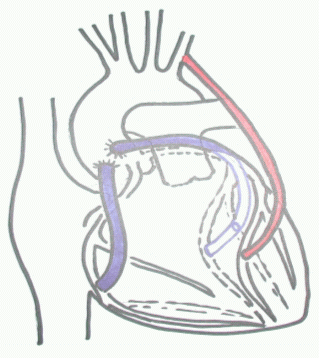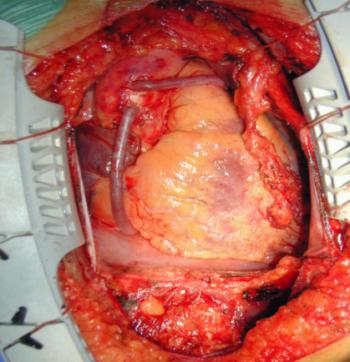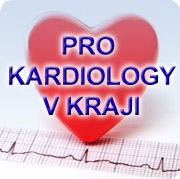Ischemic Heart Disease
Ischemic Heart Disease
Ischemic heart disease occurs as a result of the disease of coronary arteries supplying blood to the heart muscle. Blood brings oxygen and nutrition to the heart muscle without which no live tissue can survive. Coronary arteries embrace the heart forming the corona after which they were named. If the arteries are healthy, blood flows to the muscle in a sufficient quantity both at rest, and during stress, when a higher supply of oxygen and nutrition is necessary. Unfortunately, the coronary arteries of many people are affected by “arteriosclerosis” especially in a higher age. Arteriosclerosis of the coronary arteries is caused by the depositing of various substances in the walls of arteries, which results in their narrowing or even blocking, and thus decreasing or stopping the flow.
The risk factors supporting the occurrence and development of arteriosclerosis and thus ischemic heart disease are well known. They particularly include an excess content of fatty substances in the blood, smoking, high blood pressure, diabetes, overweight and obesity, excessive mental stress, insufficient physical activity and last but not least, hereditary family dispositions. Most of these factors can be influenced by your lifestyle.
The symptom of an insufficient supply of blood to the heart muscle is a pain on the chest which is usually associated with an exertion ( exertion angina pectoris) localized behind the chest bone which may radiate to the neck, back and upper limbs and which eases at rest. If this kind of pain occurs at rest or even persists for several tens of minutes even after the administration of respective drugs, it is so called non-stable angina pectoris or heart attack in progress. In these conditions it is necessary to seek medical help immediately.
In the treatment of ischemic heart disease, both drugs, and various interventions are applied which aim at restoration of the blood flow in the affected arteries as possible. One of the possibilities is a surgical operation which rests in the creation of a connection between the aorta and a coronary artery behind the narrowed or blocked section of this artery. This operation is called revascularization or aortocoronary bypass.
It is one of the basic types of operations on the heart routinely performed in our department.
The result of the heart operation - bypasses

The result of the heart operation - bypasses

